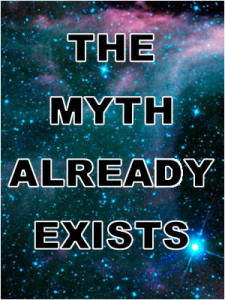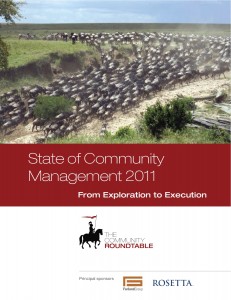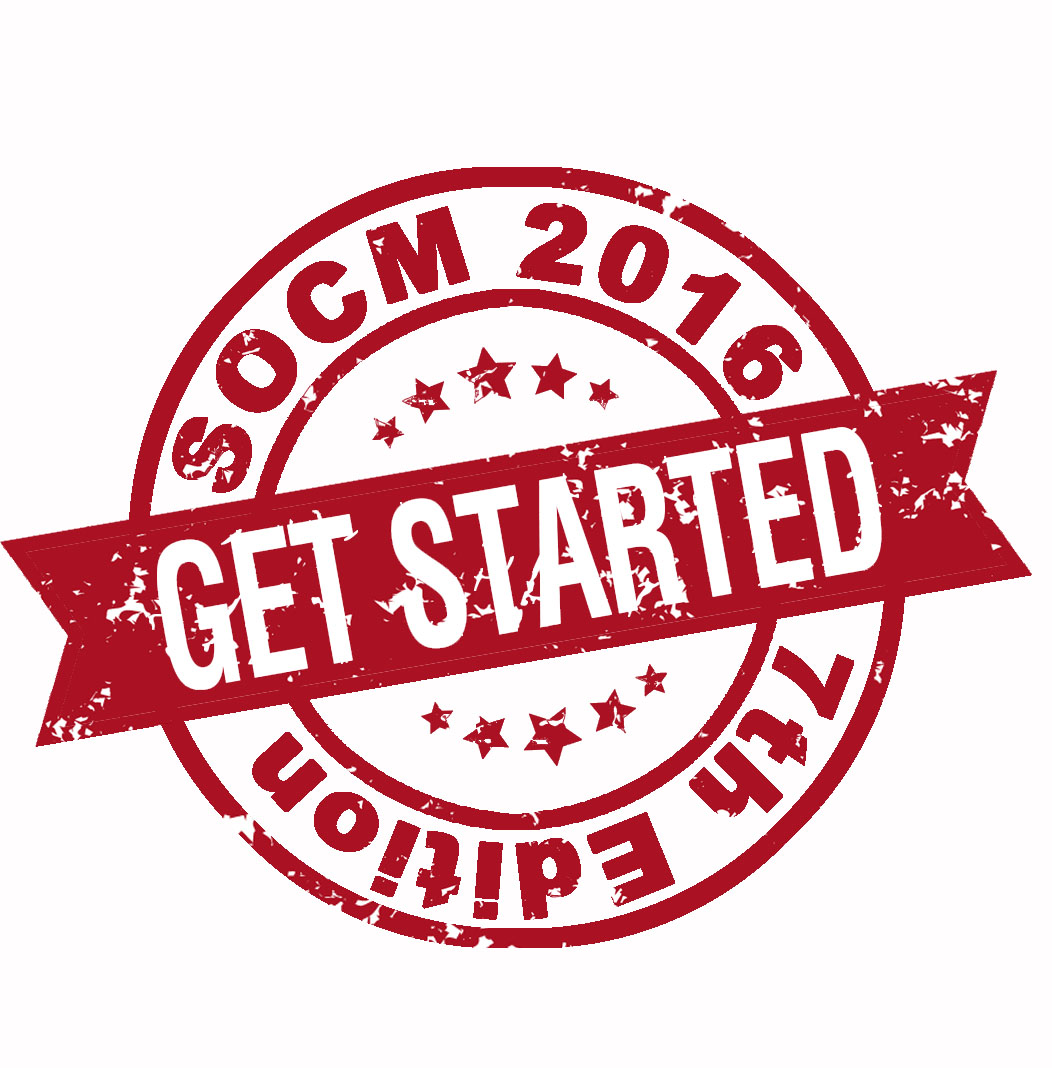By Amy Turner, The Community Roundtable
 Incorporating gaming elements into communities not only adds value, but also enhances a member’s experience and gives them an enjoyable moment that would not have otherwise existed. Definitely, a key community must-have for staying ahead of the competition.
Incorporating gaming elements into communities not only adds value, but also enhances a member’s experience and gives them an enjoyable moment that would not have otherwise existed. Definitely, a key community must-have for staying ahead of the competition.
TheCR Network spoke with Latitude, a research and consulting firm with deep expertise in media and technology, to discuss the many benefits of introducing game theory in communities.
First things first. What is a game? According to Latitude’s The Future of Gaming Study: “A game is play with some goal, and some rules or parameters affecting how the player can achieve that goal. Play means the player gets pleasure from the whole moment-to-moment process, not just when she achieves the goal. If it’s a long, hard, tedious and boring slog that needs to be finished so you can get some reward, it’s called ‘work.’”
10 Best Practices For Incorporating Gaming Into Community:
- Follow a Framework that Employs Certain Game Elements. Examples include:
- Appointment dynamic (win by showing up at a specified time)
- Level up for reputation’s sake (leader boards)
- Track progress (shows how well the participant is doing against a goal)
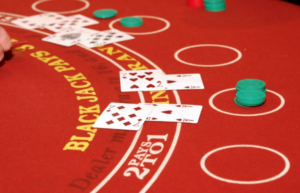
- Cooperate to compete (people provide an invaluable service to the brand in the form of a game)
- Tie Extrinsic Motivators to Something Meaningful: Extrinsic motivators such as badges, points, leader boards or even money are on the periphery of the gaming experience. However, they hinge on being rooted in something deeper, like intrinsic motivation (such as a sense of community or doing something socially beneficial).
- Understand the Game Elements and Features that are Working and Why: Games that are really social and/or built on existing communities (such as Facebook’s Farmville) work well. Another way is by extending the game into the offline world, incorporating the idea of online and offline social challenges with things that are shared and local for the participant.
- Realize the Importance of Environment, Economics and a Social Sense as Motivators. Brands that incorporate these elements within their gaming theory will have an advantage over their competitors if they can tap into as many of these motivational sweet spots as possible.
- Combine Personalization of a Goal with Socialization: Games that help people reach their aspirations are elements of gaming that will offer success for companies that incorporate them. However, keep in mind that if you want to offer rewards to a community, then they should have real value. Scarcity should not be manufactured.
- Consider Game Mechanics for Peer-to-Peer Trust-Building with Real-World
 Relevance: This includes game-like mechanisms such as share ratios and rating systems, which provide the infrastructure for individuals to prove and make transparent their trustworthiness over time (such as reputation scores in eBay).
Relevance: This includes game-like mechanisms such as share ratios and rating systems, which provide the infrastructure for individuals to prove and make transparent their trustworthiness over time (such as reputation scores in eBay).
- Be Organic: Follow your community member’s lead, see what they value and build game elements around the tradeoffs/negotiations/exchanges they may naturally be initiating with each other. Be mindful of not creating inherent motivation schemes that go against the natural rewards that exist within the community
- Remember that for Ads, Context Matters: Advertising can work in a variety of ways within games (sponsorships, placements, interactive ads, etc.), but the key is that they must relate (and ideally add value) to the experience game players intend to have in the first place.
- Ensure that your Game Elements Add Value: The key thought is not to create game elements that add work. Have fun while creating a positive overall experience for the players.
- Understand the Possibilities that Exist for Mobile: There are countless opportunities for mobile to integrate games into traditionally offline experiences. Furthermore, it can create real value when integrating with offline spaces.
How do you incorporate gaming in your community?
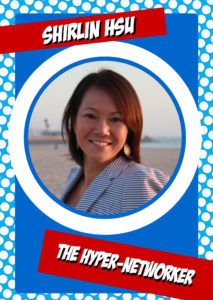
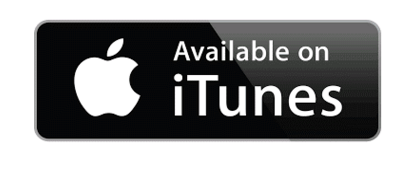

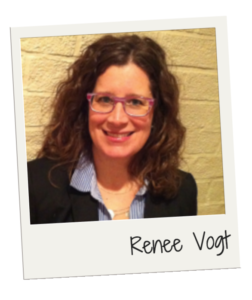
 One of the many wonderful things about an association having a member-facing online community is that there’s something in it for everyone. Maybe one of the most challenging things about an association that has a member-facing online community is getting staff and internal stakeholders to see that there’s something in it for everyone.
One of the many wonderful things about an association having a member-facing online community is that there’s something in it for everyone. Maybe one of the most challenging things about an association that has a member-facing online community is getting staff and internal stakeholders to see that there’s something in it for everyone.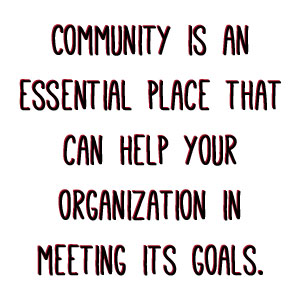 ct sense for them to create a profile and get a pulse on what’s going on in the community and what your members are saying. After all, this is information they may not be able to gather through normal market research avenues. But does it make sense to them to be there? Do you know what their business goals are and how their involvement will ultimately help them succeed? If your answer to this is “no,” you may want to rethink who you’re trying to engage and why.
ct sense for them to create a profile and get a pulse on what’s going on in the community and what your members are saying. After all, this is information they may not be able to gather through normal market research avenues. But does it make sense to them to be there? Do you know what their business goals are and how their involvement will ultimately help them succeed? If your answer to this is “no,” you may want to rethink who you’re trying to engage and why.
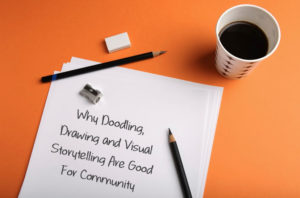
 that it was difficult to form relationships due to the lack of body language. Emoticons were the early tools for self-expression. Now, we can embed images and draw together online, which can help us communicate better. Furthermore, video has introduced a whole new way to connect people online.
that it was difficult to form relationships due to the lack of body language. Emoticons were the early tools for self-expression. Now, we can embed images and draw together online, which can help us communicate better. Furthermore, video has introduced a whole new way to connect people online.